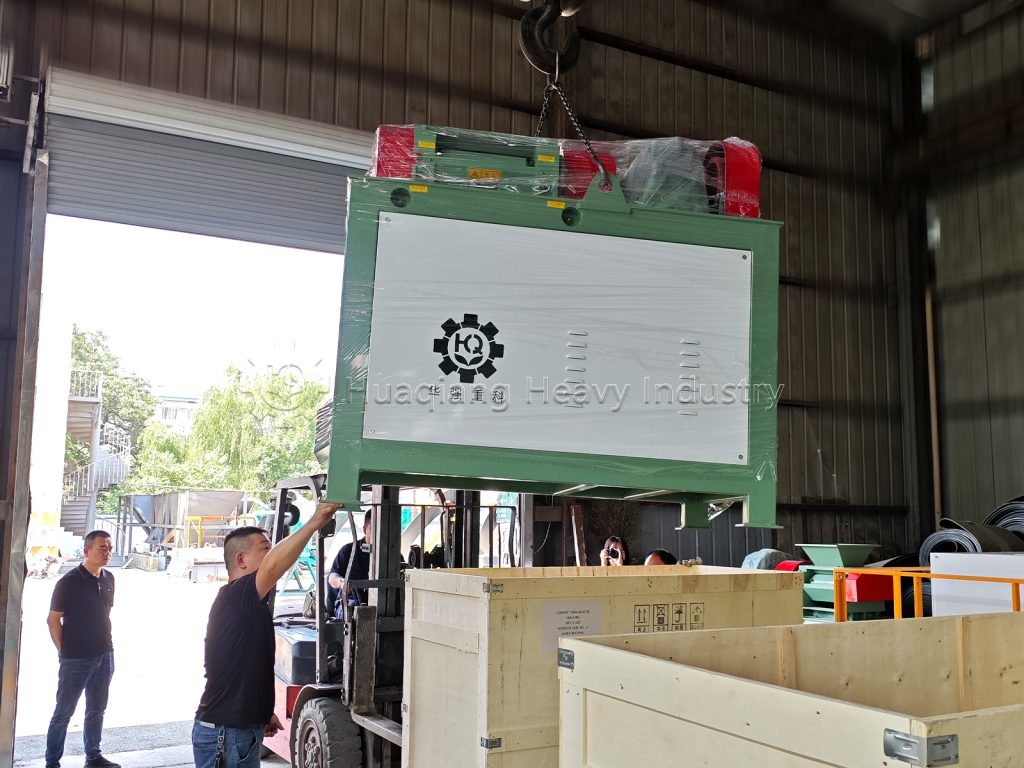
From Crude Crushing to Precision Granulation: The Remarkable Evolution of Fertilizer Technology
Imagine what those uniform, smooth fertilizer pellets we see today would look like without modern granulation technology? Before the innovation of the fertilizer production machine, early fertilizer production resembled Stone Age craftsmanship—crude, irregular, and inefficient. The absence of specialized equipment, particularly the organic fertilizer production machine, meant farmers constantly battled caking, dust, and uneven nutrient distribution—issues that directly impacted crop growth and yields.
The Revolutionary Breakthrough of Drum Granulators
When the first rotary drum granulator rumbled into production, it sent shockwaves through the industry. This “revolving steel giant”, with its ingeniously tilted design and internal structure, achieved uniform fertilizer pellet formation. Materials continuously tumble and agglomerate inside the drum, much like waves polishing pebbles naturally. Compared to traditional extrusion or crushing methods, the drum process not only increased output but also enhanced pellet strength by over 40%.
The Intelligent Leap of Modern Granulation
Today’s granulation equipment has evolved to astonishing levels. Sensor networks monitor moisture, temperature, and particle size in real-time; adaptive control systems fine-tune parameters like seasoned artisans; innovative coating technologies enable more precise nutrient release. We’re no longer just producing fertilizer pellets—we’re creating “smart nutrient capsules” that know when to release nutrients and how to adapt to different soil conditions.
The Future: A Dual Symphony of Green and Precision
With growing sustainability awareness, next-generation granulation technology is advancing in two exciting directions: utilizing biodegradable materials to reduce environmental impact, and incorporating big data for truly precision agriculture. Perhaps in the near future, our granulators won’t just produce fertilizer, but will customize special formulations for each field based on satellite data.